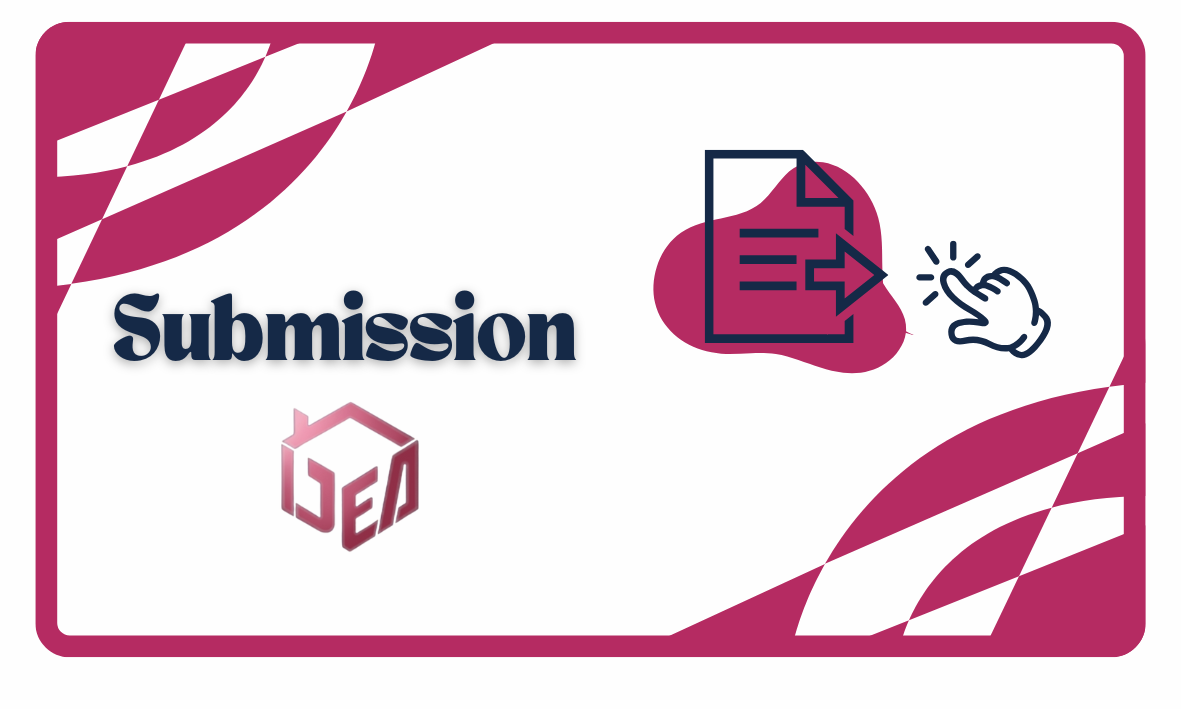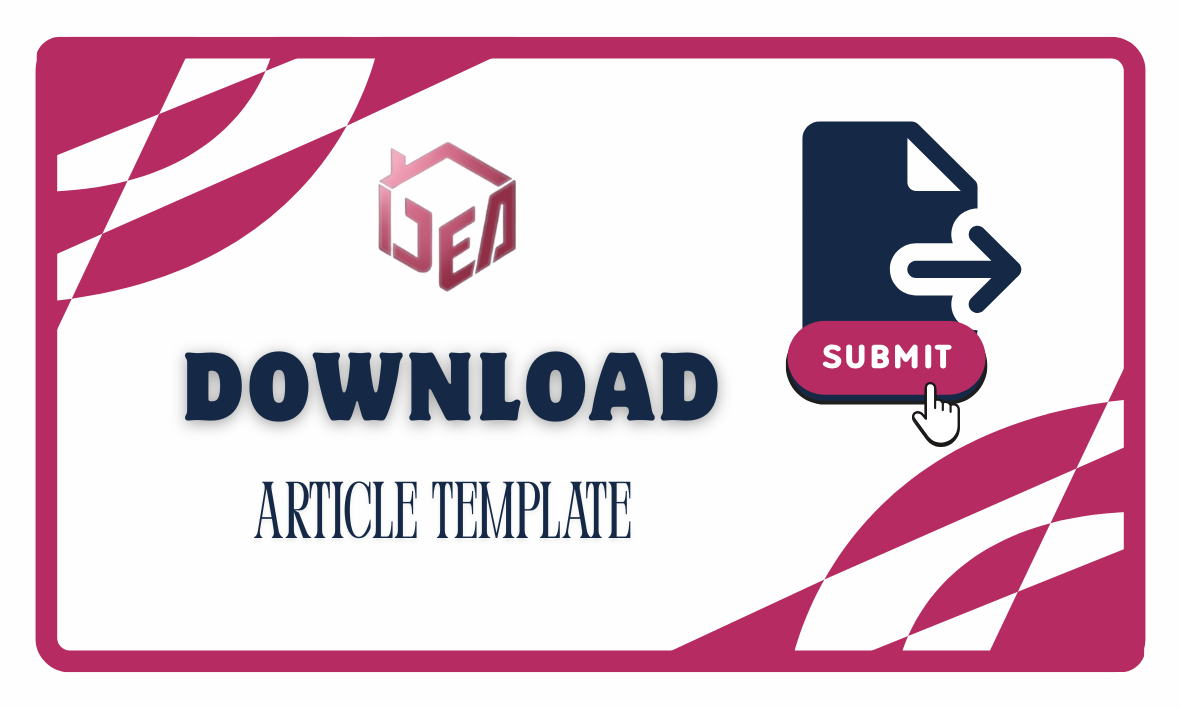Optimizing Enterprise Architecture: The Role of TOGAF in Driving Organizational Transformation
DOI:
https://doi.org/10.61220/ijea.v2i1.0243Keywords:
Enterprise architecture, TOGAF, organizational transformationAbstract
The rapid development of technology in this era does not rule out the possibility that every organization needs information technology as a medium to support the organization in achieving its goals. In the implementation of TOGAF, PT. Pos Indonesia follows the steps specified by the framework. First, they conduct an in-depth analysis of the needs and goals of the company. It involves understanding the organization's vision, mission, and business strategy as well as identifying areas of improvement that can result through implementing enterprise architecture. PT. Pos Indonesia conducts an inventory of its current architectural assets and resources, including IT infrastructure, applications, data, and business processes. It helps them in understanding the strengths and weaknesses present in their enterprise architecture. During the implementation phase, PT. Pos Indonesia implements the changes identified in the transformation plan. They integrate new technology solutions, improve business processes, and migrate data according to the desired enterprise architectural design. PT. Pos Indonesia conducts continuous monitoring and management of their corporate architecture. They ensure that the architecture is constantly relevant to business and technological changes taking place, and involve necessary updates and adjustments. Through the implementation of TOGAF, PT. Pos Indonesia can improve operational efficiency, increase adaptability to change, and accelerate their transformation initiatives. The framework assists them in integrating new technologies, improving service delivery, and increasing value for their customers.
References
Alwadain, A. (2020). Enterprise architecture: A business value realization model. Sustainability (Switzerland), 12(20), 1–17. https://doi.org/10.3390/su12208485
Ayu, I. P. (2024). Analisis SWOT dalam Menentukan Strategi Pemasaran di Tengah Krisis (Studi Kasus pada PT. Pos Indonesia). Jurnal Penelitian Inovatif, 4(1), 1–10. https://doi.org/10.54082/jupin.245
Bankauskaite, J. (2019). Comparative analysis of enterprise architecture frameworks.
Camatti, J. A., Rabelo, G. M., Borsato, M., & Pellicciari, M. (2020). Comparative study of open IoT architectures with TOGAF for industry implementation. Procedia Manufacturing, 51, 1132–1137. https://doi.org/10.1016/j.promfg.2020.10.159
Dumitriu, D., & Popescu, M. A. M. (2020). Enterprise architecture framework design in IT management. Procedia Manufacturing, 46, 932–940. https://doi.org/10.1016/j.promfg.2020.05.011
Fadlil, A., Riadi, I., & Basir, A. (2021). Integration of Zachman Framework and TOGAF ADM on Academic Information Systems Modeling. INTENSIF Jurnal Ilmiah Penelitian Teknologi Dan Penerapan Sistem Informasi, 5, 72–85. https://doi.org/10.29407/INTENSIF.V5I1.14678
Hermawan, Y. (2020). Dampak Pandemi Covid-19 terhadap Eksistensi Pendidik di Era Digital. QUALITY. https://doi.org/10.21043/QUALITY.V8I2.8182
Ishiyama, J. (2014). Globalisation and the Development of Left Parties in Post Communist Eastern European Politics. https://www.researchgate.net/publication/228910137
Kandjani, H., Bernus, P., & Nielsen, S. (2013). Enterprise architecture cybernetics and the edge of chaos: Sustaining enterprises as complex systems in complex business environments. 2013 46th Hawaii International Conference on System Sciences, 3858–3867.
Kurniawan, B. (2011). Enterprise architecture planning sistem informasi pada perguruan tinggi swasta dengan zachman framework. Majalah Ilmiah UNIKOM, 9(1), 21–32. http://jurnal.unikom.ac.id/jurnal/enterprise-architecture.x/volume-91-artikel-3.pdf
Kurniawan, Y., & Jesica, Li. (2024). Unpacking the Digital Banking Preferences of Generation Z Students: Empirical Evidence from Indonesia. Journal of System and Management Sciences. https://doi.org/10.33168/jsms.2024.1104
Maulana, Y. M., Rizal, Z., Azmi, M., & Arshah, R. A. (2023). Modeling of Strategic Alignment to Modify TOGAF Architecture Development Method Based on Business Strategy Model. 13(1).
Munajah Nasution, A., & Aslami, N. (2022). Upaya PT Pos Indonesia Dalam Melakukan Inovasi Layanan Di Era Revolusi Industri 4.0. ManBiz: Journal of Management and Business, 1(2), 95–102. https://doi.org/10.47467/manbiz.v1i2.1729
Nur, M. R., Hendrawan, A., Marits, S. A., & Herman, S. (2023). Development of Digital Payment Systems in Indonesia. In Jurnal Ilmiah Manajemen Kesatuan (Vol. 11, Issue 3).
Prihatma, G., & Nurhayani, N. (2024). Pengaruh Era Digital Terhadap Perilaku Wirausaha Melalui Media Sosial Pada UMKM. Jurnal Media Wahana Ekonomika. https://doi.org/10.31851/jmwe.v20i4.13700
Sugiyono. (2018). Metode Penelitian Kuantitatif, Kualitatif, dan R&D. Alfabeta.
Sulistiyani, Nurchayati, Nurchayati, & Handani, N. D. (2024). User Experience of Mobile Banking Application in Indonesia: New Technology of Banking. Global Business and Finance Review, 29(2), 127–141. https://doi.org/10.17549/gbfr.2024.29.2.127
Sumitro, A. H., Taufiq, M., Informatika, T., Informatika, M., Tinggi, S., Pgri, I. K., & Banyuwangi, B. (2023). Perancangan Sistem Informasi Pelayanan Pariwisata Terpusat Menggunakan Zachman Framework dan ERP. Jurnal Sisfotenika, 13(1), 91–101. http://sisfotenika.stmikpontianak.ac.id/index.php/ST
Tannady, H. (2020). Enterprise Architecture Artifacts Enablers for IT Strategy and Business Alignment in Forwarding Services. International Journal of Advanced Trends in Computer Science and Engineering, 9(2), 1465–1472. https://doi.org/10.30534/ijatcse/2020/85922020
Wiyana, W., & Winarno, W. W. (2015). Sistem panjaminan mutu pendidikan dengan togaf adm untuk sekolah menengah kejuruan. Register: Jurnal Ilmiah Teknologi Sistem Informasi, 1(1), 7–14.
Downloads
Published
Issue
Section
License
Copyright (c) 2024 Sitti Hasbiah (Author)

This work is licensed under a Creative Commons Attribution-ShareAlike 4.0 International License.





















 Email : ijea@lontaradigitech.com
Email : ijea@lontaradigitech.com
